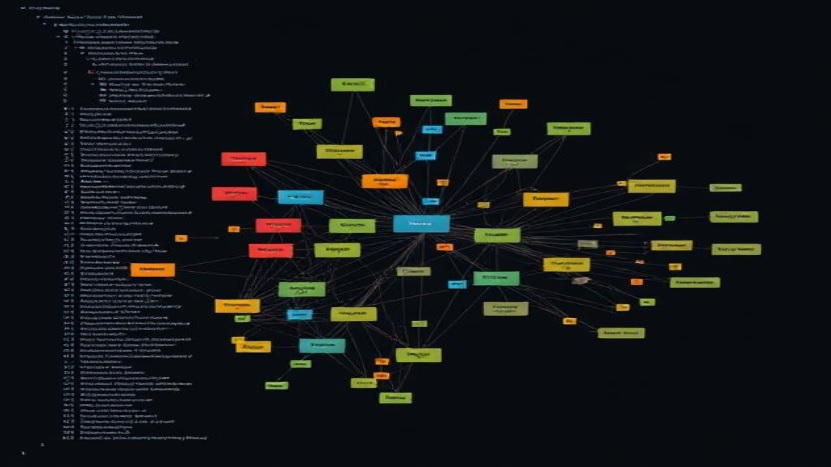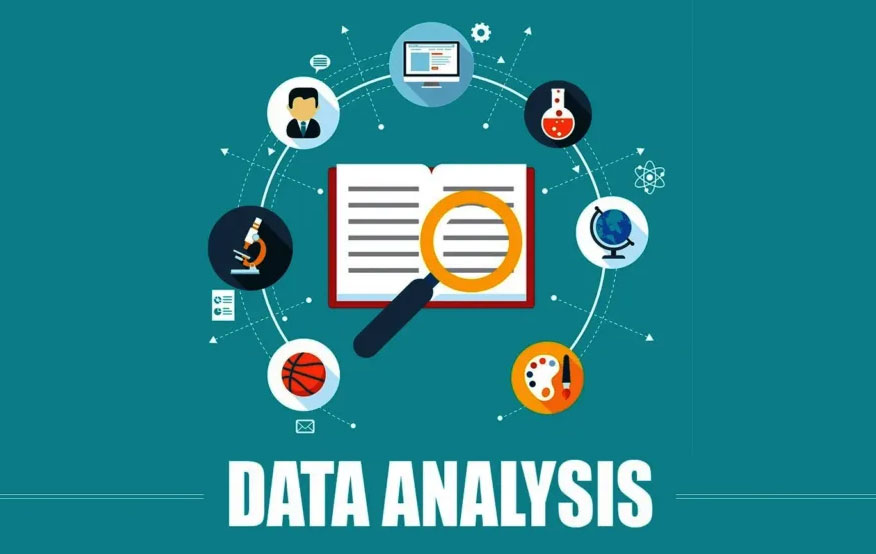In today’s world, industries completely rely on data, and data is generating and changing rapidly, so the demand for data analysts is also increasing. Companies seek candidates who can handle large and complex datasets smartly and can give valuable information from the data that helps the business owners support the business objective. You can show skills first in the form of a resume. In this article, you will explore how to make a standout data analyst resume from scratch.

Why a Great Resume is Important?
Your resume is just the marketing brochure; it will show your skills, experience, and achievements clearly and concisely. In this competitive world, a well-prepared resume is highly important to shortlist your candidacy for the interview.
Understand the role of a Data Analyst
A data analyst works on raw data, makes it into an analyzable format, and extracts valuable information. The role of a data analyst is to clean the data and perform statistical analysis, visualization, and reporting, and the responsibilities are collecting and interpreting data to find trends and patterns, preparing appealing dashboards and reports with proper information, and collaborating with cross-functional teams to drive data-driven decision-making. Data analysts also use tools like SQL, Excel, Python, R, and Power BI/Tableau.
Key Components of a Data Analyst Resume
Your resume must have a header and have your name, contact information, LinkedIn profile, and portfolio/GitHub link. Your resume must capture your professional summary, including your experience, strengths, and key accomplishments. Resumes must highlight both technical and soft skills to show your skills. In the work experience section, show your achievements and include your education with certificates that validate your education.
Projects are important for beginners to showcase the practical applications of your skills. Finally, list relevant courses and credentials under certifications to reinforce your expertise and continuous learning.
Step-by-Step Guide to Writing a Data Analyst Resume
Here you will explore step-by-step how to make a professional resume that help you to grab a job in data field.
Start with a Strong Header
In your resume at the top, your full name, phone number, email, LinkedIn profile, and personal website or GitHub must be there.
Write a convincing Professional Summary
Example: “Detail-oriented data analyst with 5+ years of working experience understands business requirements and provides sensible data solutions that help in decision-making.” Proficient in SQL, Python/R, Excel, and visualization tools like Tableau/Power BI, with experience in data cleaning, preparation, and statistical analysis. Good soft skills in communication with problem-solving and critical thinking.
Include Education
In the education segment, you must include your degree, university name, and graduation year.
Mention Projects
If you’re a fresher or switching careers, then it is important to show your project so that it will prove your practical learning.
List Certifications
Include platforms (Coursera, Udemy, etc.) and dates.
Example: “Google Data Analytics Professional Certificate—Coursera, 2023.”
Tailoring Your Resume to the Job Description
You must tailor your resume according to the job description; you must add keywords from the job listing just to align with applicant tracking systems. According to the role, you must highlight the relevant experience and tools and add matching projects to show your practical expertise.
Resume Formatting Tips
For a professional resume, just keep it to one page; if you have a wide range of experience, then two. The font must be consistent, like Arial or Calibri in 10–12 pt size; use bullet points to organize information that improves readability; and last, save and send in PDF format.
Common Mistakes to Avoid
You must avoid typos and grammatical errors that show unprofessionalism. Your description must be precise. Long resumes can dilute key strengths and make it harder for hiring managers to quickly assess your qualifications.
Keywords and ATS Optimization
Most of the companies use ATS, so you need to add keywords as per the job description and avoid graphics because ATS can not read them.
Conclusion
Data analysis is a lucrative career option in today’s time, as data is the oil nowadays and is generated in huge volumes. Every industry of every sector relies on data to make data-driven decisions to achieve their business objectives. If you are planning to make your career in a data analyst profile, then you must enroll yourself with Console Flare in a data analyst course. There you will get complete guidance from industry experts, from resume-making to placement support. You will work on real datasets with real business problems that will help you to become a successful data analyst.
For more such content and regular updates, follow us on Facebook, Instagram, LinkedIn





